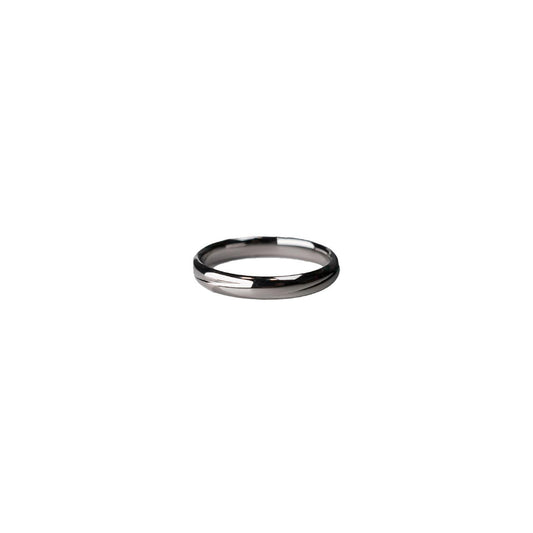Telling Lab-Grown Diamonds from Natural Gems A Personal Dive into Carbon Realities
Telling Lab-Grown Diamonds from Natural Gems A Personal Dive into Carbon Realities
Standing at my favorite local jeweler’s counter, I remember the slight thud of my heart when I first heard about lab-grown diamonds. It felt like some science fiction story had leaped into real life, and my wistful daydreams of owning a piece of that shimmering world just might become a reality sooner than expected. But feeling the cool metal of the ring in my hands reminded me that one pressing question remained: could I tell the difference between a lab-created diamond and its natural, earth-born sibling?
The truth is, to the naked eye and most jewelers' loupes, both diamonds look identical. Yet that’s where the fascinating science of their origins comes into play. Natural diamonds are formed over billions of years under intense pressure and heat about 100 miles beneath the earth's surface. Their formation is a story written deep within the earth's mantle, brought to the surface by volcanic eruptions. In contrast, lab-grown diamonds start their journey in a technological marvel—a laboratory where they are cultivated within weeks using methods like High Pressure-High Temperature (HPHT) or Chemical Vapor Deposition (CVD). Essentially, they're scientific marvels crafted from carbon seeds.
I’ve always been a bit of a romantic when it comes to tradition, and initially, it seemed to me that a diamond formed over eons held a mystical allure that its lab-grown counterpart lacked. But sitting with my ring, reflecting on an old friend's tale of being unable to afford the diamond she wanted for her engagement ring, my perceptions began to shift somewhat. The idea that she could access a beautiful and more affordable alternative—without sacrificing quality or ethical standards—struck a chord in my heart.
Interestingly, lab-grown diamonds have etched their own cultural relevance today. They offer a sustainable choice, appealing to those who are increasingly conscious of their environmental footprint. Traditional diamond mining has been linked to ecological and ethical concerns, while lab-grown gems promise fewer environmental disruptions. It’s a curious meld of past beauty and future-conscious lifestyle choices—the kind that I’d find in a cozy feature article in my favorite magazine.
So how can one tell them apart for sure? Advanced tools are needed for verification. Gemological labs use spectroscopy and other techniques to identify the subtle variations in trace elements and growth patterns inherent in lab-grown gems. Personally, I liken it to a fingerprint—completely unique but invisible without the right lens.
Every time I look at that diamond ring on my finger, I’m reminded not just of its beauty, but of the unseen journey it may have traveled whether through eons or under a laboratory's watchful eye. In the end, the distinction between lab-grown and natural doesn't feel like choosing the better option, but rather aligning with a story that resonates the most deeply with who you are.
At the heart of it all, whether lab or natural, a diamond is a personal saga waiting to be told—a sparkle encapsulating both a moment and a marvel of creation.


























